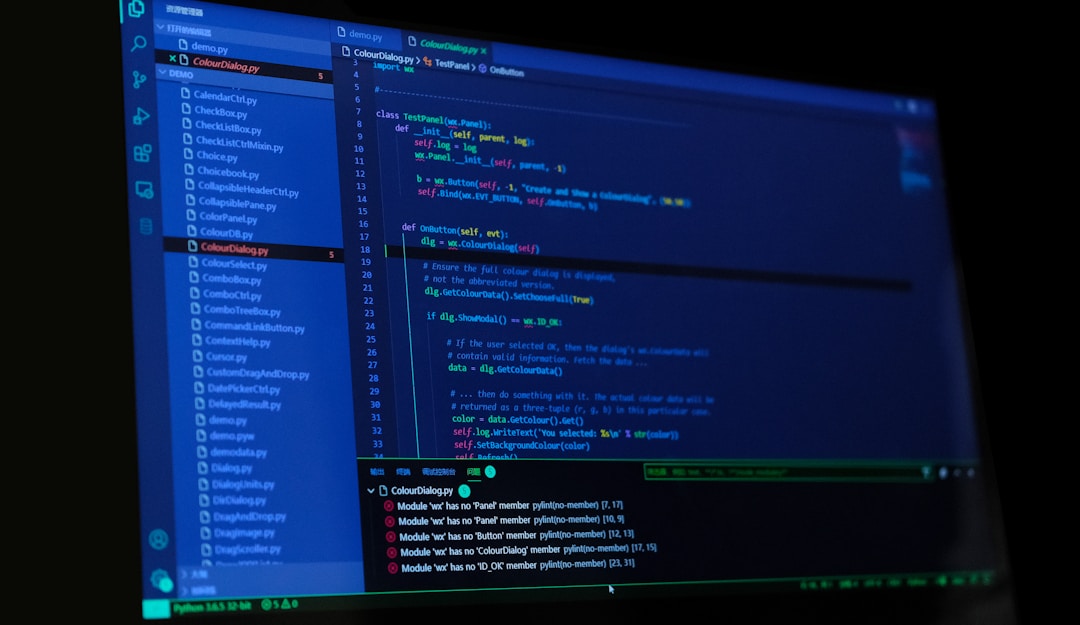The programming language that is currently on the rise is Python. It’s designed to be powerful, fast, and an easy language to learn. The primary package for computing in Python is NumPy. This is the Python library that offers a variety of routines for quick operations on an array, a multidimensional array object, and numerous derived objects. Some of the operations include selecting, sorting, shape manipulation, statistical operations, logical, mathematical, fandom simulation, and a number of other uses. What makes NumPy versatile and effective is the ndarray or NumPy array.
What are NumPy Arrays?

To break a NumPy array down to its basics requires a careful look at its components. First, the array is a sequence or grid of values that are made up of the same type. These are often referred to as homogenous data types. Often, they are numbers but are not limited to a numeric value. The resulting array will be consistent with what the value types are. These values are stored, or indexed, by a tuple of integers that are nonnegative.
As a side note, tuples in Python store multiple bits of information in a single variable. It is one of the four data types built into Python for data collection. The rank of the array is the number of dimensions. The tuple determines the size of the array along the dimension. This also determines the shape of the array.
The most important array is the NP.arange. This method of array generation gives us the sequence (array) from the NP.arange set of contingencies. These arrays are the return values from going through ndarray as a dtype. Arrays are formed by the values, or data type, going through the basic NumPy functions. These determine a start value and a stop value. There is a default start value of zero for NP. Additionally, a step contingency can show the variation through which they want the array to be constructed. The step default value is one. Once the parameters are all met, a new array is formed.
How are they used?

Much like any concise code, NP arrays are used in a variety of ways. Due to the growing tendency of mathematical and scientific-based coders to use Python, these arrays are used to calculate, interpret, and explain complex forms of data. Array data is both inputs for processing as well as extracted from random samples as arrays. The use of a NumPy array in the mathematical/scientific community has become so common that most software in the field is now Python-based. Its ability to quickly process large batch scales of numbers makes it more efficient than another code that uses a more complex system of computing. Since array data can be a number of elements, codes looking to form a new array through a set of variables besides numbers can also be performed.
One of the reasons the NumPy function is so fast is because of its broadcasting. This is the term that defines the implicit element-by-element functionality of NumPy operations. This includes logical, bit-wise, mathematical, and literally all of its operations. Furthermore, its object-oriented style with ndarray gives the programmer the opportunity to code in the paradigm they prefer. It offers a wide range of flexibility in the field. Many people consider this aspect of NumPy to be the reason Python will be the de-facto language moving forward for many new programs.
For most programmers out there, whether you are a seasoned veteran or a novice looking to begin your career, a detailed understanding of NumPy arrays and Python is recommended. It looks to be a programming language that will be around for some time.











